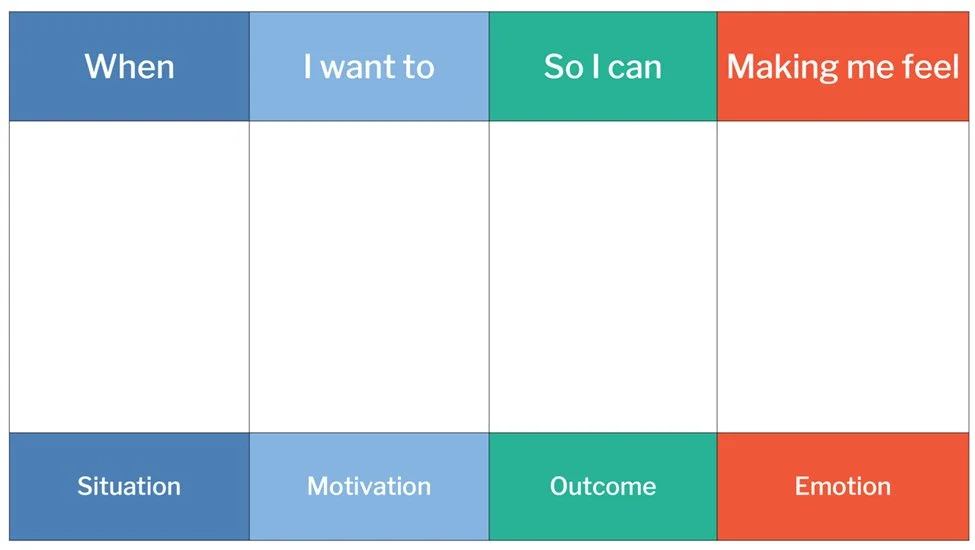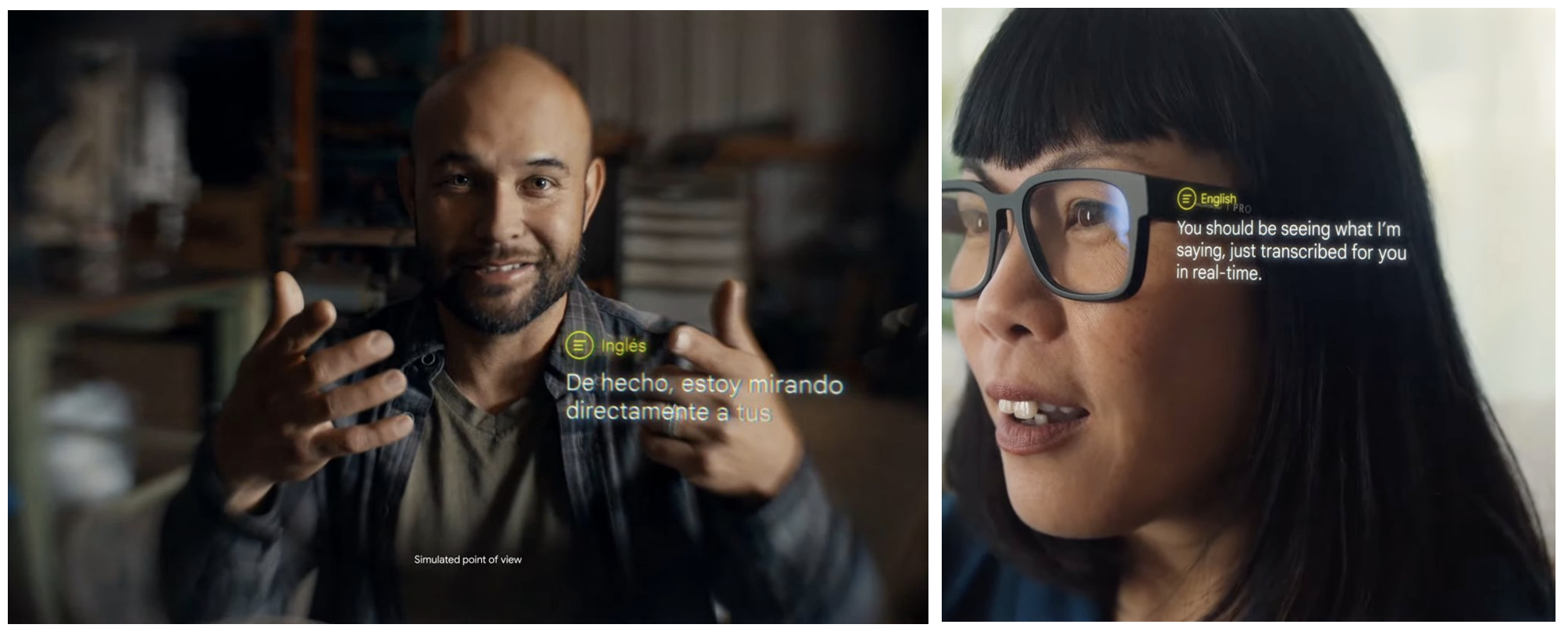Media Platforms & Jobs to be Done
I have used this slide in my digital marketing training courses for years. I use it to discuss how marketing can feel more complex with each new change in the technology and media landscape. I use the curves to illustrate that there is no straight line, and that new innovations do not mean that channels that came before are now irrelevant. Instead, existing channels are often changed in some way.
This image has been swimming in my head as I’ve been reading more about changes in the media landscape – accelerated byrecent dramatic drops in stock prices for media / streaming companies. Many of these companies are now accelerating their own changes to find more users/subscribers, to attract more advertisers/creators, and to remain ahead of the curve in media consumption/engagement trends.
These changes lead to platforms often trying to reframe what they are and how they should be used. This then sets-up the challenge of trying to acquire new users and change the behaviour of existing ones – without alienating or frustrating them. It also sets up the competitive challenge of migrating users and behaviours from other platforms to yours, and reframing who you are now competing with. Hence, the impact on other existing channels (curves of change).
There are countless examples, here are just a few from the last 2 weeks:
Netflix is reportedly introducing live streaming for engaging with creators / shows. Will this be adopted by subscribers, and is Netflix now competing with Twitch?
TikTok is reportedly introducing a friend tab, making the service more social. Will this new feature be embraced by users, and is TikTok now competing with Snapchat?
TikTok is also introducing games, and Snapchat now considers its AR lenses as mobile games. Do users consider these games? Are they both now competing with Roblox?
The concept of competition was recently explored byScott Gallowaywho sees TikTok as a competitor to Netflix andBenedict Evanssees TikTok as a competitor to YouTube. These are interesting strategy thought experiments, but do users think this way? Does it matter? If you abstract out form and focus on content and engagement, you can argue that all of these platforms are competing with each other.
I find theJobs To Be Done frameworkto be the most useful tool to think this stuff through. If we start by understanding what a user ‘hires’ a media platform to do, we may have a better idea of how to evolve the platform without alienating existing users. And by focusing on Jobs To Be Done, we can explore the broader competitive context defined by these Jobs – not by existing product features. All of this to say, more curves and complexity ahead for marketers.
Google Trends & AR Translation
Google made news this month with its Google I/O conference announcements (see 12-minute summary here). The company isintroducing image search to Chrome, and a text-to-image AI productcalled Imagenthat turns text descriptions into images. It is also working on anew immersive mapto let you “explore and understand the vibe of a place before you go.” All cool stuff, but my favourite innovation by far is the Google Translation Glasses.Check out this concept videoto understand how it works, and how it can benefit different people and contexts. It’s a super-smart use case where AR glasses are the right tool to solve this problem, not a tool looking for a problem to solve (like 99% of other AR concepts I’ve seen).
Fresh Reports & Research
State of Martech 2022 Report: New report from Scott Brinker. As someone who spends way too much time moving boxes, circles, and arrows around in PowerPoint, these visualizations of marketing tech stacks are like catnip for me.
Podcast Report 2022: A fantastic overview of the growing podcasting market from the listener, creator, advertiser, and general business perspective (bonus points for a slick interactive format, too).
2022 Reputation Rankings: The annual Axios Harris Poll on the reputations of the most visible brands in the U.S. Spoiler Alert: #1 is Trader Joes’, #100 (out of 100) is The Trump Organization.
Advertising Strategy in a Recession: A helpful (and hopefully not timely) study on how marketers need to adapt their advertising strategy in face of a recession by Eric Benjamin Seufert.
Multicultural Marketing Report: A fantastic resource from Google on one of the most important, overlooked, and misunderstood opportunities for marketers in Canada today.



